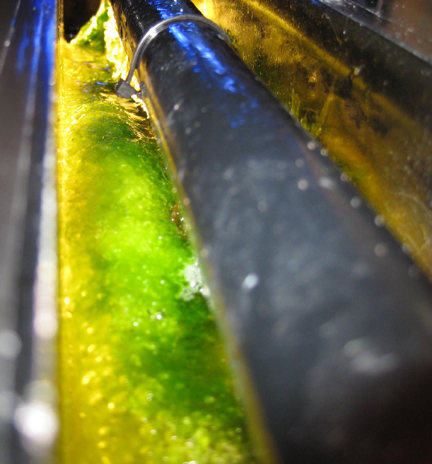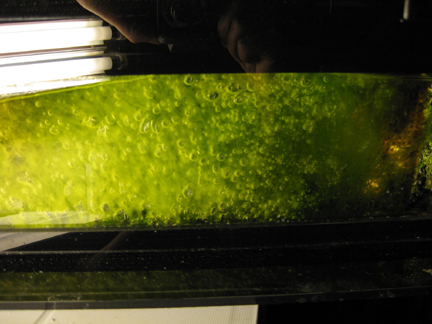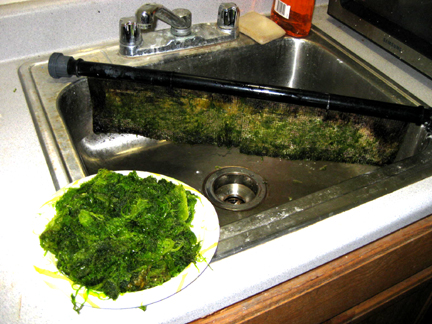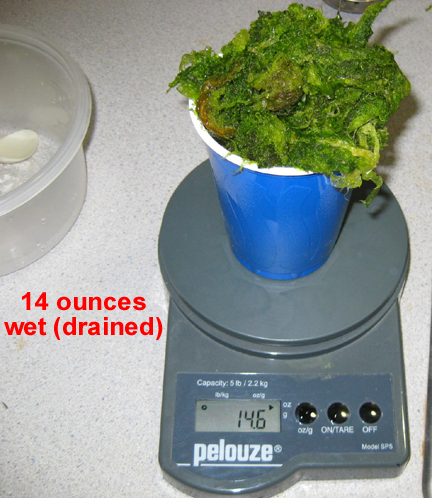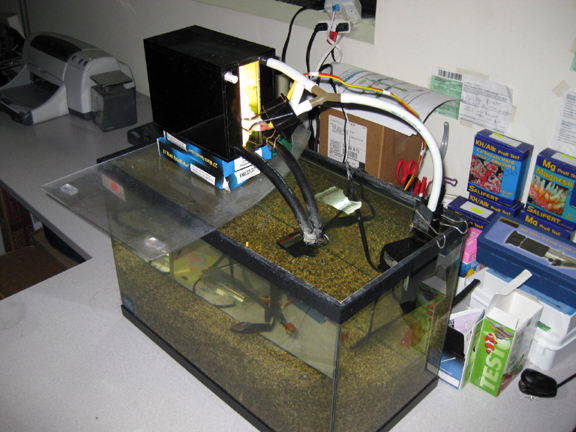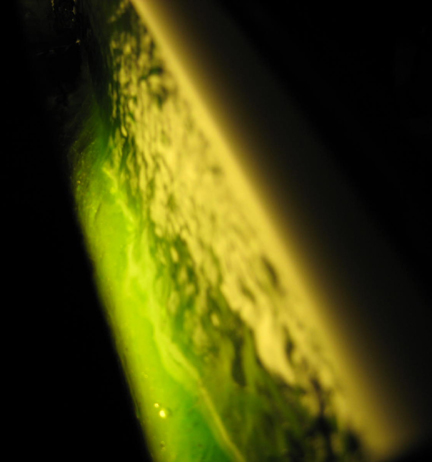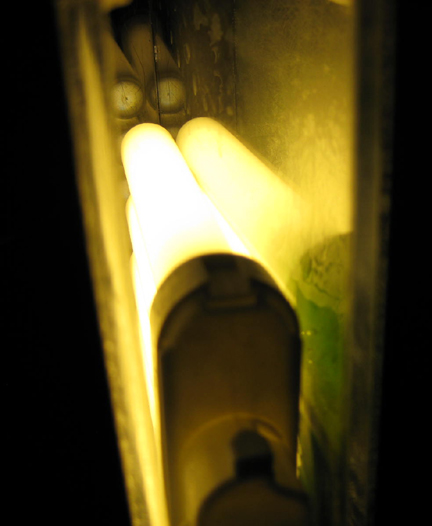Re: Mega-Powerful Nitrate and Phosphate Remover Replaces Skimmer, Refugium, Everythin
Holy thread length Batman. I am still back on post #640 in December of 2008. I maintain 3 SW systems (I don't have one up and running myself, it's in the garage!) but I am extremely interested in converting one or all of them to ATS after what I've read.
SM I am really curious to understand why you spend so much time promoting this device and seemingly get nothing out of it except spreading the word about how it works and helping people perfect their systems. I have read a couple other threads where you got basically attacked, and I'm glad to see that no one has stooped to that level on this thread (well, I guess I have 600+ more posts to go...but at least it's still open!!)
By the way, I'm an Electrical Engineer also. You can't spell BEER without "EE" is what we always said in college.
There are a few questions I have though, and I figured I'll ask them now and continue to read...for the next couple weeks...
1) I keep reading about rinsing off the screen with RODI top-off water to kill the pods. Maybe I'm still new enough, but I thought pods were ok, and your fish and some corals will eat them. Why would one want to get rid of there, can they become a nuisance or hazard or something? Also, aren't they small enough to make it through the return pump without getting shredded?
2) I am a little confused on the water-flow issue. I get that it has to be 35 GPH for every 1 inch of width, then you need 1 sq in of screen for every gallon in the DT. The problem is that how do you know, reliably, what your GPH flow into your sump is, short of putting a 1g bucket under the overflow and timing how long it takes to fill, and doing that a bunch of times and averaging it out? I can have a 900 GPH pump, but if it has to pump 5 feet up that head pressure drops it down to something like 500-600 I think. I wouldn't want to make or order the screen to small or too big.
3) I read somewhere that ATS will eventually starve Xenia? I have one system with a huge colony of Red Sea Pumping Xenia and another huge colony of Waving Hand Anthelia, will these be affected by the presence of an ATS
I keep a running thread on the tanks I maintain, because I basically rescued each of them from the brink.
One reef tank with no corals left, not enough lights, Nitrate 200 Phosphate 3+. Now Nitrate 0 (I brought it down to 25, LR did the rest and 0ppm for 6 months running) Phos 0.1 450W of T5 VHO and tons of thriving corals. Not all of them are thriving, there's a few that are struggling, but that's probably due to Ca and Mg depleting. I gotta get on that. This is all a learning experience for me and luckily I get paid something for it.
Second FOWLR started Nitrate 1000 (yes, one Thousand) and now better, but can't get it to stay below 50 for long, and lots of green hair in DT (was REALLY bad Cyano).
Third FOWLR I tore down and started over - no PWC in 3 years, Nitrate 1000 (yes) Phosphate 20 (yes) Cyano everywhere and scratches on acrylic, I sanded it, surface bleached the LR, got it all up and running and 2 months later getting lots of green and red slime algae back (temp 80+ all the time).
So yeah, I'm totally interested in eliminating PWCs. I make a little $ on that, but I just got back into Engineering and between that and family, I have no time, so this would be huge.
I have to design ATS for 3 different systems, than troubleshoot and maintain. If I get it working well, I have an LFS employee that might jump on the bandwagon.


